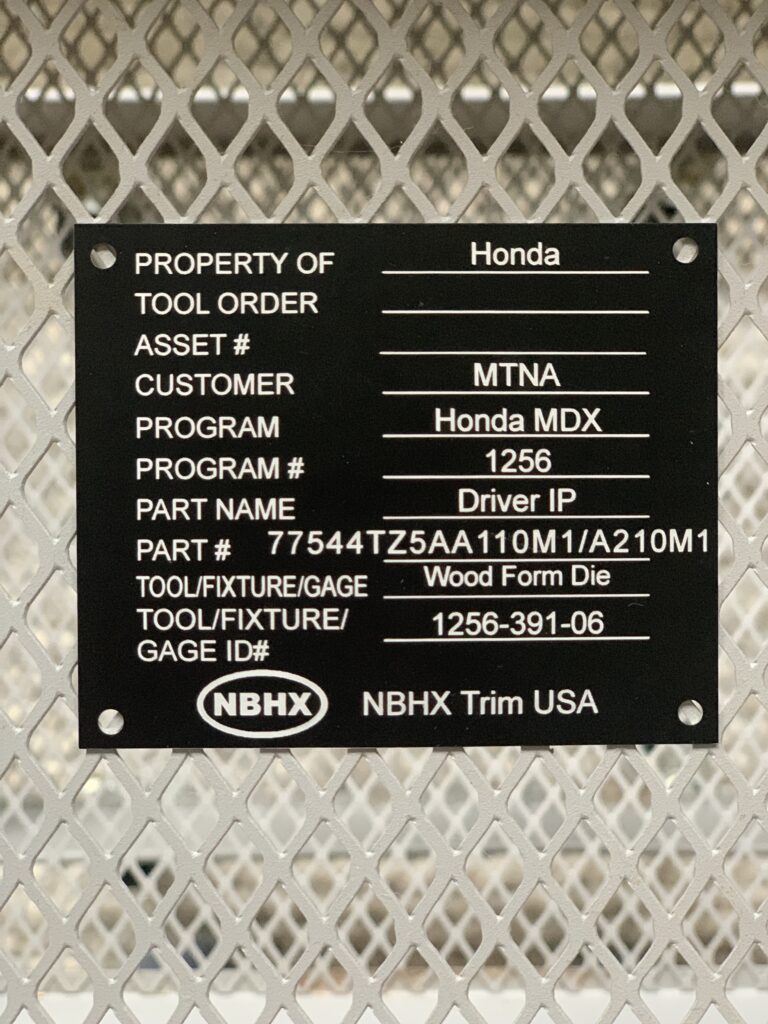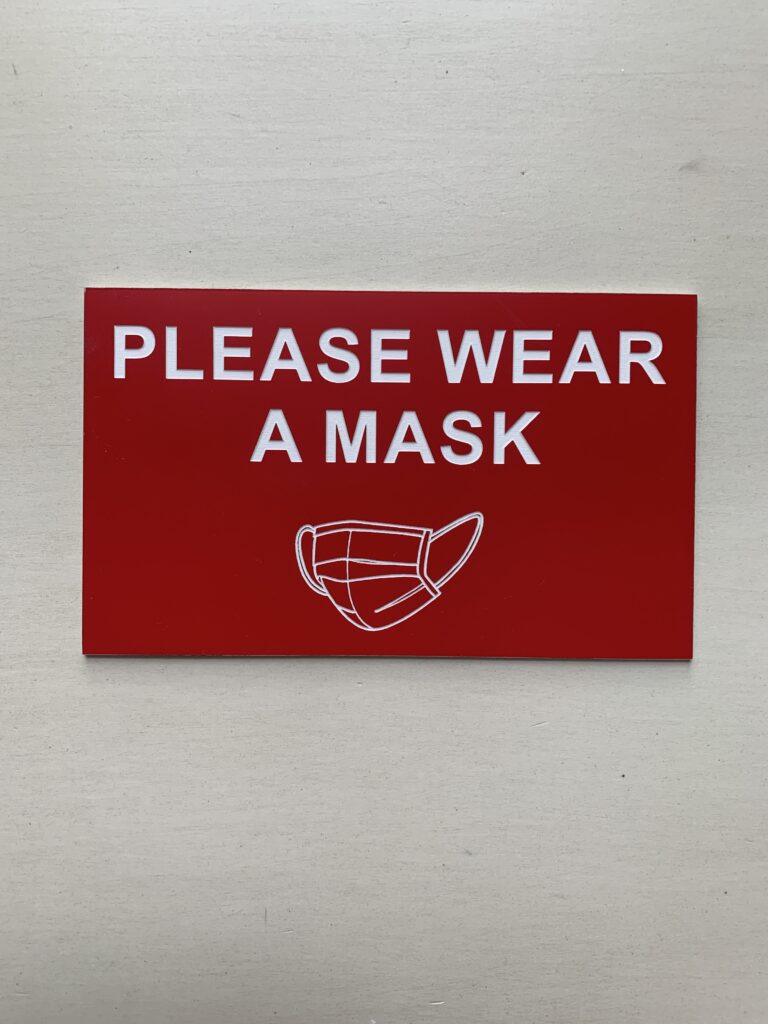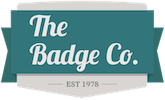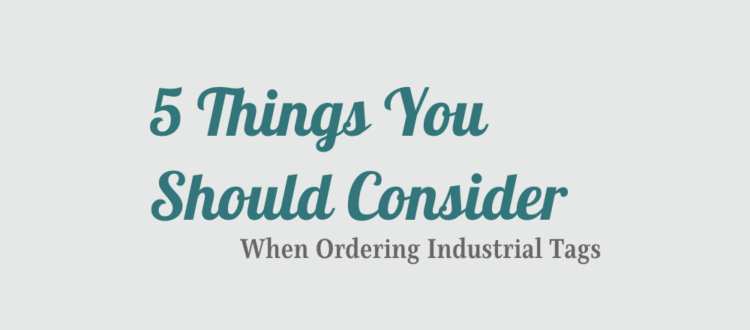5 Things You Should Consider When Ordering Industrial Tags

While they may seem like a minor detail, industrial tags are vital to large-scale operations. When implemented effectively, they significantly contribute to safety, efficiency, and traceability in demanding environments. Whether you’re labeling equipment, bins, pallets, or components, choosing the right tag involves more than just picking a material and slapping on some text. Here are five key factors to consider before placing your next industrial tag order.
1. Environment & Durability
Where and how your tags are used will determine how long they last and whether they do their job.
Common conditions to plan for:
- Chemical exposure (e.g., oils, solvents, acids)
- UV or weather exposure
- Abrasion or mechanical wear
- High heat or fluctuating temperatures
Top materials by durability:
- Stainless Steel: Best for high-heat, high-abrasion, or corrosive environments. Ideal for outdoor or heavy-duty use.
- Aluminum: Lightweight, corrosion-resistant, and excellent for long-term outdoor applications.
- Plastic: Budget-friendly and clear, perfect for indoor or low-impact environments.
Choose a material that fits the environment, not just the budget.
2. Tag Size & Mounting Method
Choosing the right tag size and mounting method is essential for clear visibility and to ensure the tag stays securely in place where it’s needed.
Sizing tips:
- Make sure text and symbols are legible from the appropriate distance.
- Plan for extra space if your tag needs to include QR codes, barcodes, or inspection data.
Mounting options:
- Screws/Bolts: Permanent and secure for equipment or heavy machinery.
- Zip Ties: Flexible and fast to install, great for wire bundles or temporary use.
- Adhesive Backing: Best for clean, smooth indoor surfaces.
- Weld Tabs: Durable and tamper-resistant for metal structures or high-vibration environments.
Keep in mind the tag’s placement and required lifespan.
3. Required Information
What do you need your tag to say? Tags should communicate key data quickly and clearly.
Common types of information include:
- Serial or part numbers
- Load ratings
- Inspection or service dates
- Safety warnings
- QR codes or barcodes for asset tracking
Tailor your tag to your operational needs and regulatory standards. And remember: including too much information can clutter the tag. Stick to what’s essential.
4. Quantity & Consistency
When ordering tags, think beyond the immediate job. Consistency across your entire facility makes tags easier to read, recognize, and use.
Why consistency matters:
- Boosts readability and reduces confusion
- Helps with training new staff
- Supports audits and inspections
Ordering tags in bulk (especially with a standardized layout) can also save you time and money when reordering in the future.
5. Material & Engraving Style
Material and marking style go hand in hand when it comes to readability and longevity.
Popular combinations:
- Stainless Steel + Laser Engraving: Extremely durable, readable in harsh conditions
- Aluminum + Laser Engraving: Great for outdoor visibility with less weight
- Plastic + Digital Printing: Clear and colorful for indoor signs or light-use tags
Choose laser engraving for permanence and resistance, or digital printing for cost-effective, short-term applications.
Get the Tag Right

A well-designed industrial tag does more than label a product; it supports worker safety, simplifies workflows, and makes your operations run smoother.
When placing an order, think through the environment, mounting method, required data, consistency, and material. Need help selecting the right tag setup for your business? Our team at The Badge Company is here to guide you every step of the way.
📞 Call us at (616) 676-9334 or visit badgecomi.com to get started.

